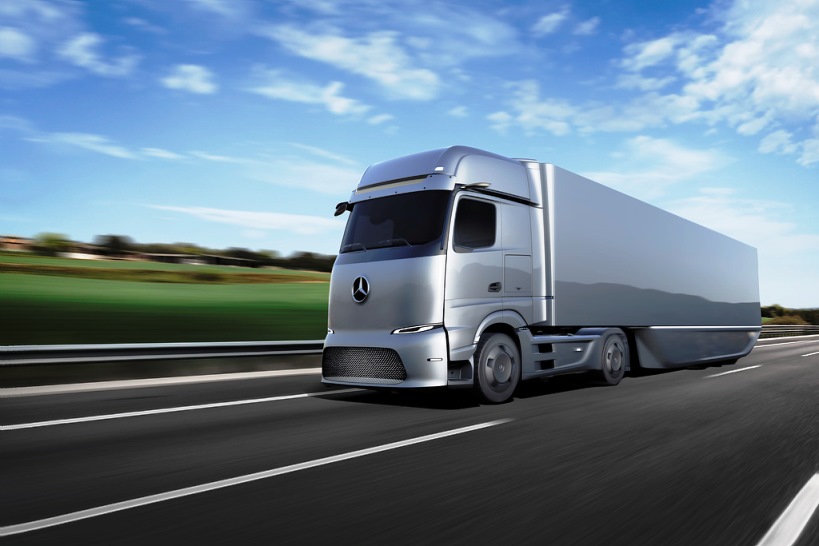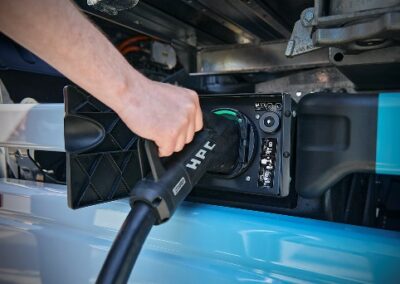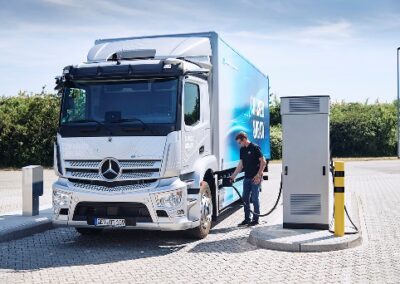
Mercedes-Benz Trucks continues to drive electrification forward – eActros LongHaul to hit the road in 2022
- Introduction of numerous new battery-powered trucks in 2022 and the coming years
- First prototypes of the eActros LongHaul truck built for testing
- Additional variants of the eActros 300 and eActros 400 in development
- Series production launch of the eEconic for municipal applications in July 2022
- Customer event for some 1,000 participants from all over Europe on e-mobility in Wörth in June
- Karin Rådström, CEO Mercedes-Benz Trucks: “The tremendous interest in our eActros driving event in Wörth is further proof of the popularity e-mobility is already gaining with customers. Customers are thus sending a strong signal to all stakeholders to combine efforts and quickly put more and more electric trucks on the road, expand the charging infrastructure and create cost parity.”
Following the market launch of the eActros for heavy-duty distribution transport in 2021, Mercedes-Benz Trucks is systematically pressing ahead with the introduction of additional battery-electric models for this and coming years. For the important long-haul segment the eActros LongHaul, with a range of around 500 kilometers on one battery charge, is scheduled to be ready for series production in 2024. The first prototypes of the 40-ton truck are already undergoing internal tests and Mercedes-Benz Trucks’ engineers are planning to start trials of the e-truck on public roads this year. The eActros LongHaul will enable high-performance charging – so-called “megawatt charging”. Mercedes-Benz Trucks is also preparing additional variants of the eActros – specifically of the eActros 300 and the eActros 400 – and, as early as July, the eEconic for municipal use is scheduled to roll off the production line at the Wörth plant as the second all-electric series production vehicle. The goal of Mercedes-Benz Trucks is to increase the share of locally CO2-neutral new vehicles in Europe to more than 50 percent by 2030.



Recent Comments